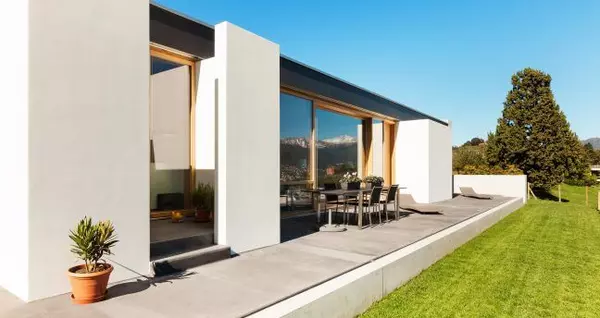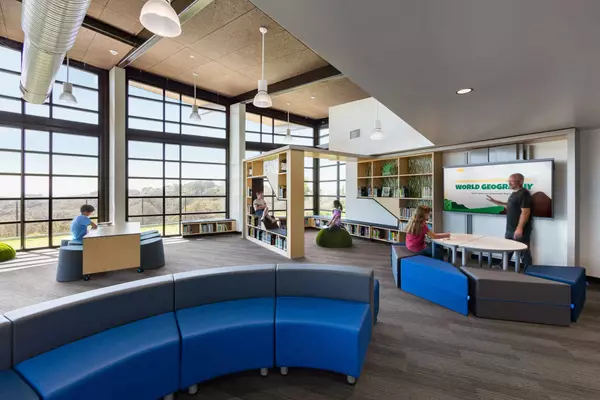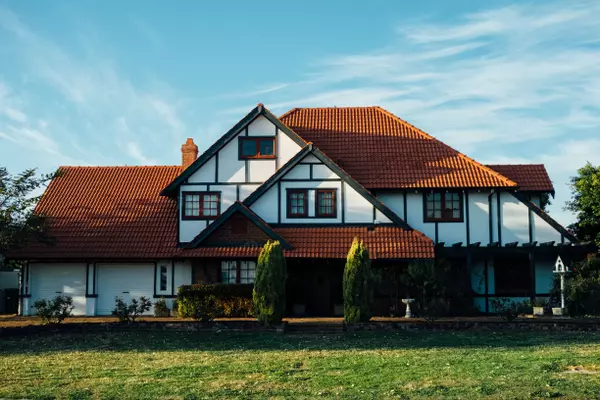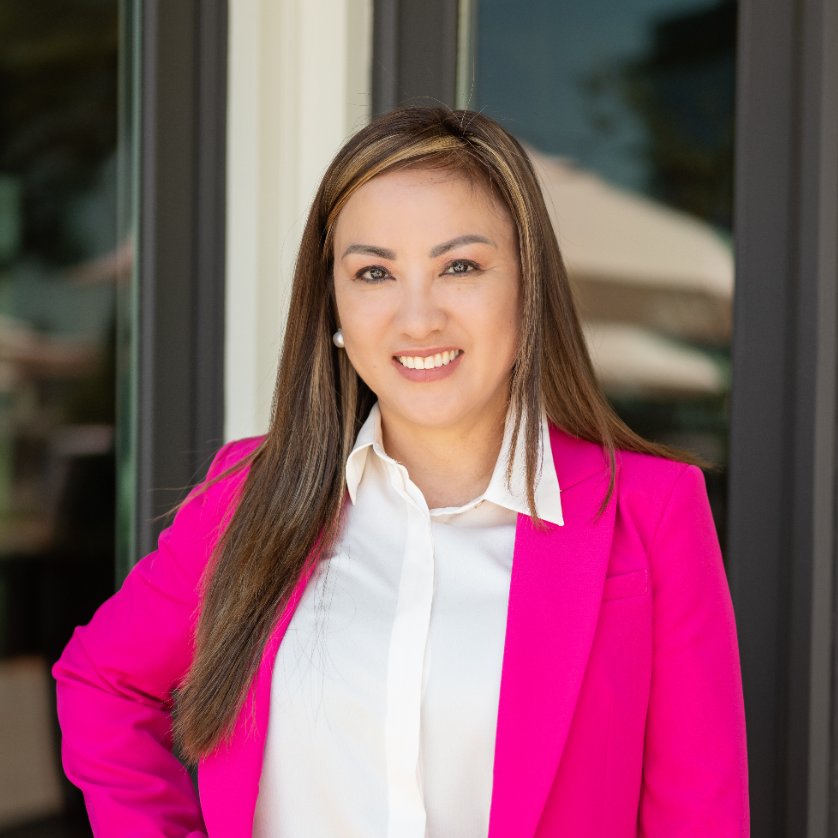Famous geneticist moving research institute to RaDD project on San Diego Bay
The imposing waterfront research campus extolling a new era in San Diego’s science sector now has a groundbreaking tenant that may be able to help shift the center of gravity for innovation to downtown.
On Tuesday, San Diego-based life science real estate developer IQHQ announced that the nonprofit J. Craig Venter Institute, JCVI, signed a long-term lease for 50,000 square feet of space at the company’s 1.7 million-square-foot Research and Development District.
The institute, led by biologist Craig Venter, co-leader of the Human Genome Project, will next year move out of its La Jolla building and take up residence on the fifth floor of the RaDD project’s Core building.
The space overlooks Tuna Harbor Park and the Midway Museum on San Diego Bay, and will be split almost equally between desks on the west side of the floor and a lab with city views facing east. JCVI also leased a small, first-floor space for a genomics sequencing lab.
The relocation is a first of its kind for San Diego’s celebrated science industry, which has been resistant to leave the familiar confines of what’s often referred to as the Mesa. The cluster, nestled around UC San Diego, is concentrated in Torrey Pines, University City and Sorrento Mesa.
“Change of environment is always good. To me, the Mesa feels a little stale. … It’s less exciting than it used to be,” said Venter, 78, who earned the National Medal of Science for his work in genetics. “We looked at a lot of space on the Mesa. We were on Science Center Drive before. I don’t like repeating history.”
Starting just north of Ruocco Park, RaDD includes five lab and office buildings with ground-floor storefronts, including one 17-story tower, and a public park on six blocks of downtown real estate south of Broadway between Pacific Highway and Harbor Drive. The project also includes an art-filled paseo that travels the length of the property.

The project has been characterized as purposefully distinct in both location and design from the research buildings 15 miles north, which was a likely selling point for Venter.
“Craig is a visionary. He sees something and he goes for it. And when he came to RaDD, he was like, ‘I get it,’” IQHQ co-CEO Tracy Murphy told the Union-Tribune. “Torrey Pines is great. Everybody does what the scientist in front of them is doing and signs a lease in Torrey Pines. Downtown is different. But Torrey Pines is boring.”
To date, downtown’s lure has come up empty.
IQHQ completed the exterior shell of RaDD’s lab and office buildings last year, and successfully leased half of the project’s 200,000 square feet of retail and amenity space. But the balance of the site — or 1.5 million square feet of office and lab space — has remained vacant, fueling speculation about the viability of the project and its 6-year-old real estate developer.
Last summer, the absence of life at the $1.9 billion project led an analyst to downgrade the stock of IQHQ’s publicly traded lender, Bank OZK. IQHQ’s founding Chairman Alan Gold then exited the company in December. Gold remains an equity owner in the company.
Murphy is ready to shut down the naysayers.
“We are not for sale and our existing investors are standing behind the business,” she said. “We believe in the long-term value of the business.”
IQHQ is also seemingly offering Venter a sweetheart deal on rent to capitalize on the entrepreneur’s prestige, some of it built on creating new biotech companies. Specific lease terms weren’t disclosed, although Murphy said JCVI received “first-mover” benefits.
“I intend to get some momentum and mileage out of this, because we do have leasing activity behind it,” Murphy said. “Craig has been very generous with his Rolodex. … I would love this to be the catalytic moment that invites UCSD down again.”
The J. Craig Venter Institute was formed in 2006, and is currently headquartered in the three-story building at 4120 Capricorn Lane in La Jolla. That is the site of the biomedical facility he opened in 2012, on land owned by his alma mater, UCSD. He earned a bachelor’s degree and doctorate there in the 1970s before going on to become a rising star at the NIH and, later, at Celera Genomics in Rockville, Maryland, which he co-founded.
Venter’s development of “shot gun” sequencing at Celera greatly accelerated the sequencing of the human genome, widely known as the “blueprint of life.”
The Venter Institute is small compared to other science operations in San Diego. But it has attracted top talent. In early April, Venter persuaded Anders Dale, a renowned neuroscientist, to leave UCSD and become JCVI’s president. Dale is bringing along 22 staff members and $10 million in grants.
“He will help bring other top people to the institute,” Venter recently told the Union-Tribune.

Both Murphy and Venter believe the institute’s reputation carries more weight than the size of the lease – although the developer still has plenty to prove to skeptics.
“While not the gorilla tenant that you want for your first signed lease, it certainly is a prestigious signature, and it ought to pave the way for subsequent leases,” said real estate analyst Gary London, a principal of local firm London Moeder Advisors. “The fact that it’s Venter is a good thing. The fact that it’s only 50,000 square feet doesn’t really edify IQHQ’s concept. But it’s a start.”
Venter’s decision to relocate to downtown San Diego is a bold move that comes at a difficult moment for biomedical science. New federal policies, spending cuts and grant freezes are making some institutions wary of expansion.
“I feel that I’m taking a fairly sizable risk in doing this now,” Venter said. “We’ll hedge our bets on seeking grants from multiple alternative sources, but none of what we do falls into (the administration’s) hot-bed categories. In fact, it’s the opposite. We do human research.”
JCVI plans to move into its bayfront home in September 2026, although the nonprofit will starting using its first-floor sequencing lab within the next few months. The lease includes signage rights on the west side of the building, as well as access to 75 parking spaces at a cost of $300 per month.
Categories
Recent Posts












